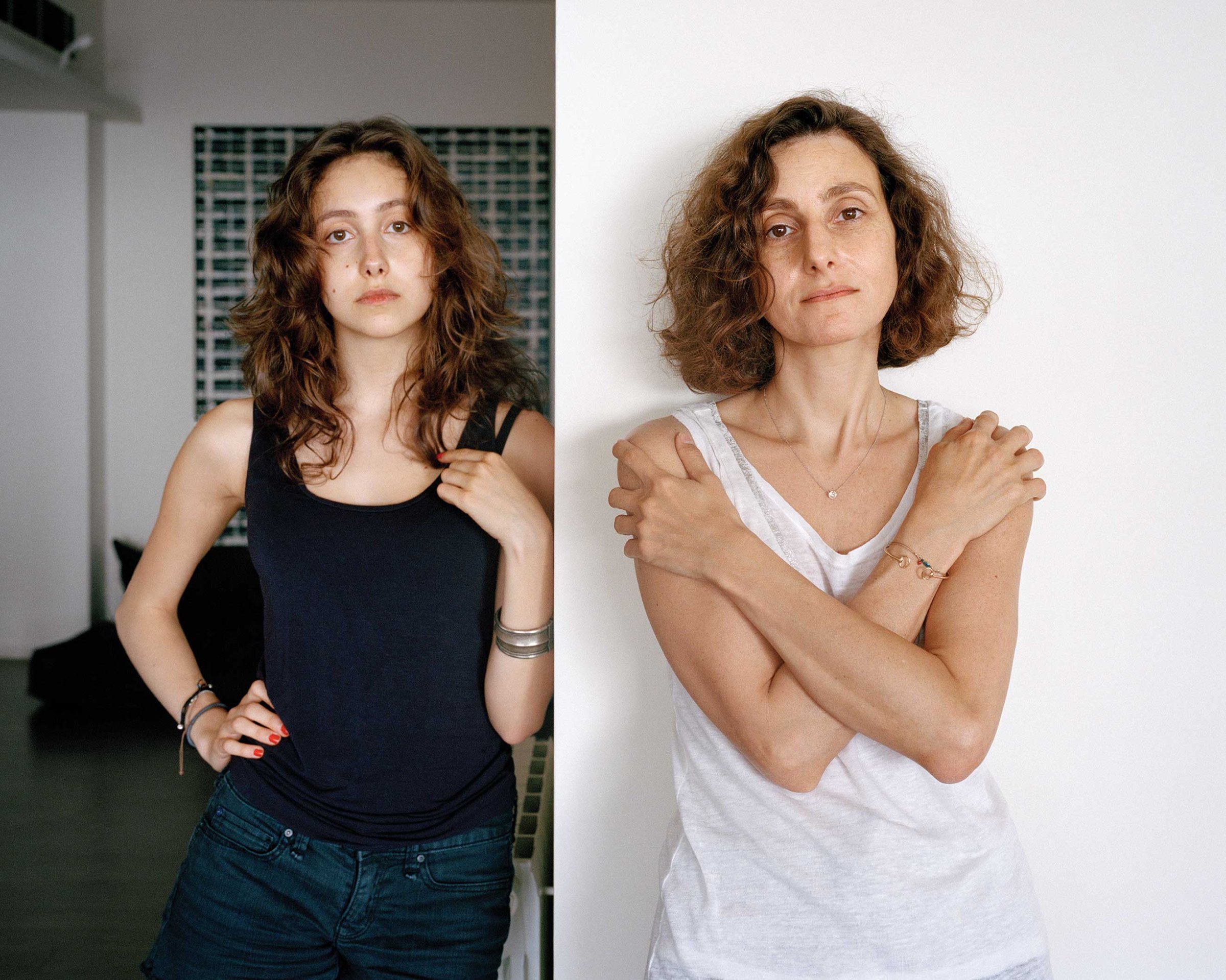
The book, Girl on Girl: Art and Photography in the Age of the Female Gaze, reflects on how a new generation of women are taking the art world by storm. From Izumi Miyazaki’s cute and cruel femininity to Maisie Cousin’s juicy erotica, the 40 women featured are redefining the female gaze.
As part of a series, TIME speaks to five pioneering photographers who are bending the rules of self image, sexuality and exploitation. This week, Rania Matar explores the formation of female identity and how moments of transition – be it the cusp of adolescence, becoming a mother or facing death – are universal, regardless of culture or race.
TIME: What interests you about periods of transition?
Rania Matar: I think I didn’t go looking for transitions, I realized that I paused and observed them as they were happening around me, with my girls and myself. And now I’m more aware of them.
It was interesting to me to see these were the moments in time when they were quite chaste. There were like major transformations; their whole behavior, outlook, attitudes – everything. That period is fleeting and it’s so interesting to catch when it is there, when you have that duality.
Then the other transition is women pre-menopause. It’s when my daughters went to college and I realized that I feel like I’m 25, right? But then I have a girl who’s going to college. I feel like that that’s another major transition in a woman’s life.
How does your work explore how young people emulate older “role models” in their life – be that people they see on TV or their parents?
If you look at “L’Enfant Femme” you see that even more than “A Girl and Her Room.” You look at those girls and they’re trying hard to pose like they’re women but there’s also such a beautiful awkwardness, that kind of brings them back to the age they’re at. You have that duality.
But then when you are older… well, you want look like a teenager again, it’s kind of interesting.
Like some of your peers, you choose to shoot the young girls in their bedroom, could you talk me through why you chose to photograph them in that context? And was the process collaborative?
When I started that project, I started photographing girls, period, and I realized that they were completely aware of each others presence. So, in a way I wasn’t really seeing who this person was, I was really seeing how she wanted to be seen by her friends in some way.
Then I decided to photograph girls by themselves and it so happened that the first few were in the bedroom, because this is where they spend all the time. Then I realized; this is my project, because there was such an organic relationship between “the girl and the room”. At the same time this is where she is growing with her identity; with what she’s putting on the walls, what she’s surrounding herself with.
The process was pretty collaborative. I’m alone in a young woman’s bedroom, just me and her. And I wanted it to be about her. Ultimately, I’m in control because I’m deciding what I’m shooting and how to present it but I’m letting the girls be very much part of the process.
What do you see as being the biggest struggles for them as young girls, both in the U.S. and in the Middle East?
While every girl has her own struggle and her own identity, I feel like, as a whole, that that’s universal. They all are at that same point in their lives when they feel like they’re about to become adults. It’s kind of scary.
I had started this project in the U.S. because I live here now and at some point early in the project, something hit me that: ‘Oh, my God, I was those girls 25 years earlier living in a different country at a different time.’ And even though we think of the Middle East as being very different, I was the same girl. It became important to me to enclose both cultures at that point because it’s again about universality.
In ‘L’Enfant Femme’ the subjects are looking directly at the camera; looking at you and therefore looking at the viewer. It almost feels like they are challenging you to understand them. Would that be a fair reading?
Yes, and it’s actually very much like the difference between the two projects as the gaze is very important in that one.
Another difference is that I’m shooting on medium format film. These girls don’t even know what I’m talking about when I tell them I’m shooting film. They’re so used to the whole selfie culture and about the immediacy of seeing the picture right away and they know that they’re going to pose for that selfie with the whole mouth thing.
Here, I was taking them completely out of their comfort zone. I’m shooting film. I’m asking them not to smile, to get away from that whole selfie attitude. So then they have to think about what to do with their bodies and with their hands, and all of that. And it’s very much about how they’re projecting themselves to me and to the camera as the viewer.
I’m interested in the way your work seeks to bridge a divide – or perceived divide. Why do you think it’s so important to emphasize the universality of being a young girl regardless of culture?
This is so personal to me. I’m not looking at all other countries in the world. I am just looking at my true identity. I was born in Lebanon, I have a Palestinian father. And I’m an American.
I live in a time when any time I put the news on, you hear all this rhetoric about “them versus us.” And I’m like: “I am them and I am also an American. I’m the same person.” This is my way of wanting to project that. I feel a lot of the art that people want to see coming out of the Middle East is very orientalist. And I have a hard time with that. I feel like people are people no matter where [they are].
Often we think girls in the Middle East are oppressed – and there are obviously conflicts about the veil. As Westerners, and in the U.S., I feel like that’s such a narrow way of looking at a whole geographic area. I hope to portray that common humanity; that shared humanity of just being a person, a woman growing up.
Rania Matar is a Lebanese photographer and former architect, now living in the United States. Images are courtesy of the artist and her galleries. Her upcoming exhibition – In Her Image; Girls and Women – is on display at the Amon Carter Museum of Art, Fort Worth, Texas from December 23- May 20 2018. Girl on Girl: Art and Photography in the Age of the Female Gaze by Charlotte Jansen is published by Laurence King and is available to buy.
Alexandra Genova is a writer and contributor for TIME LightBox. Follow her on Twitter and Instagram. Dilys Ng, who edited this photo essay, is an associate photo editor at TIME. Follow her on Instagram.
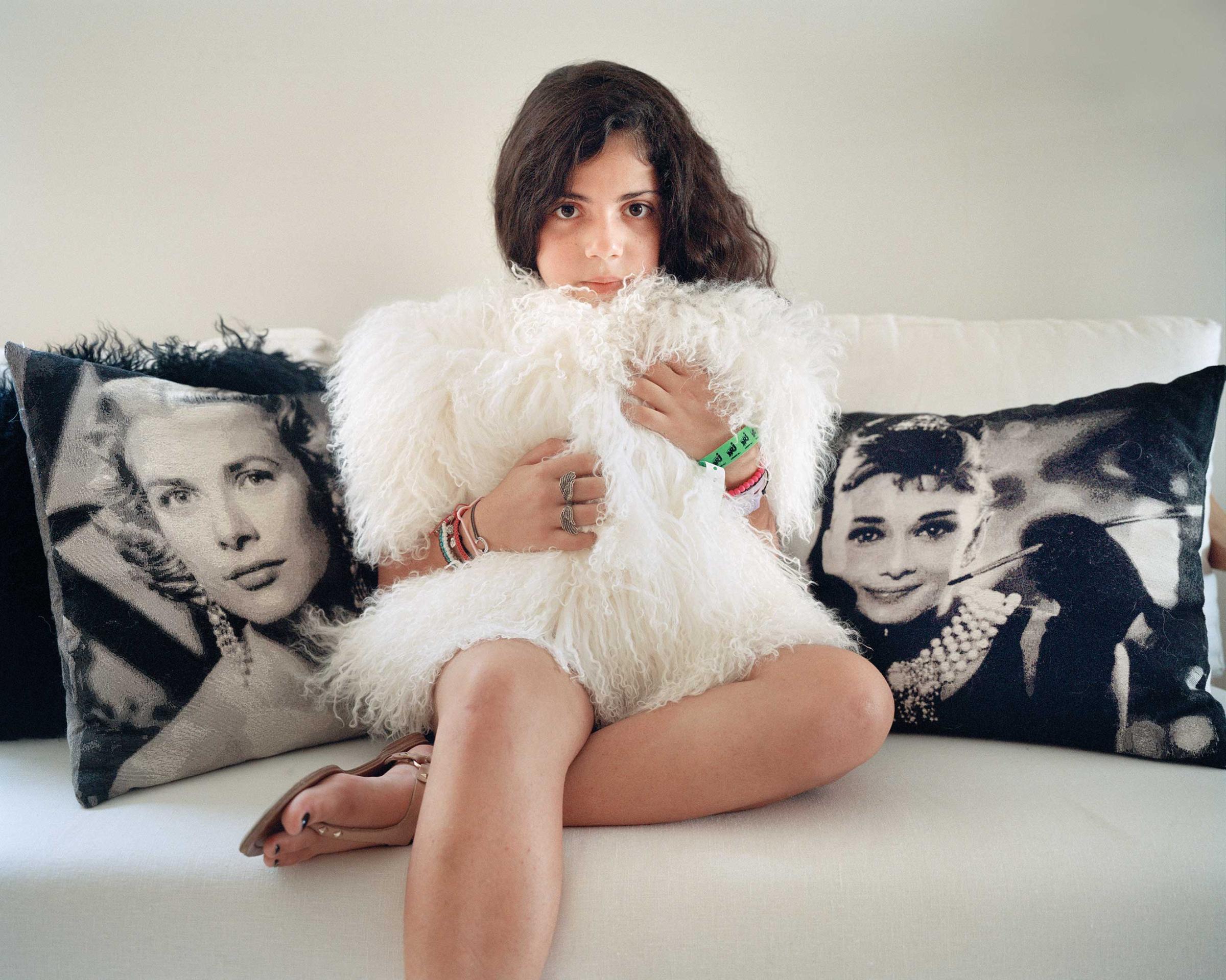
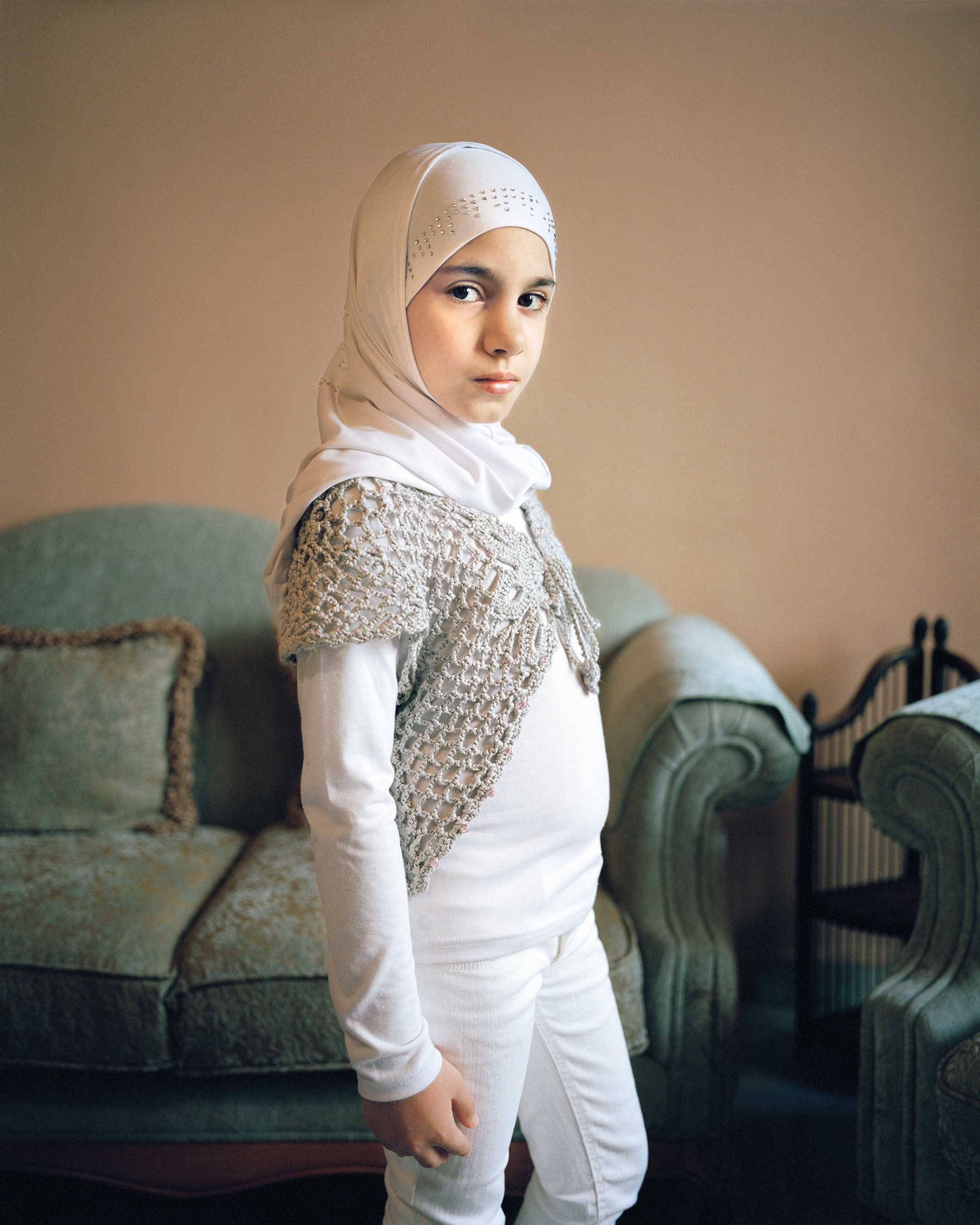

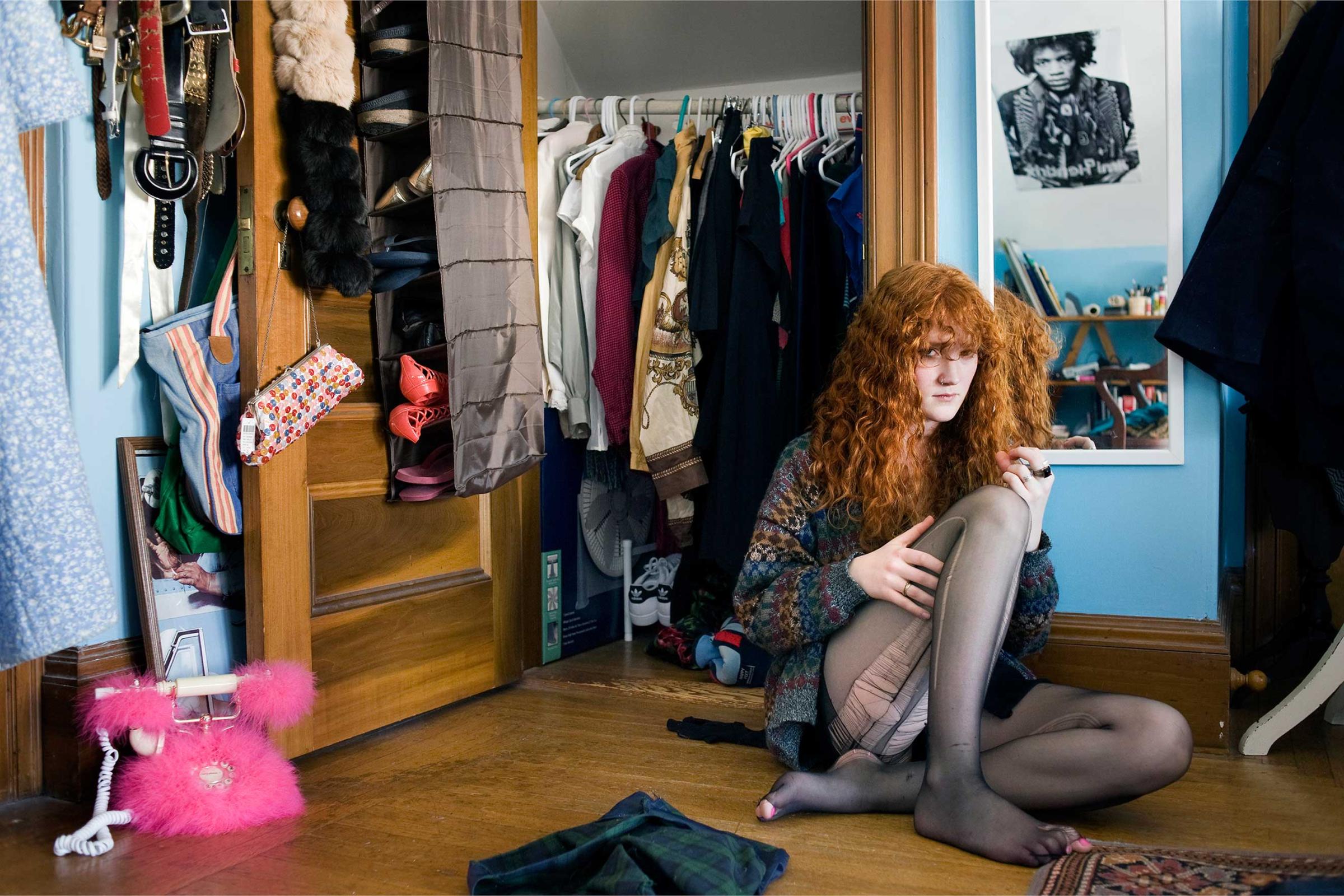
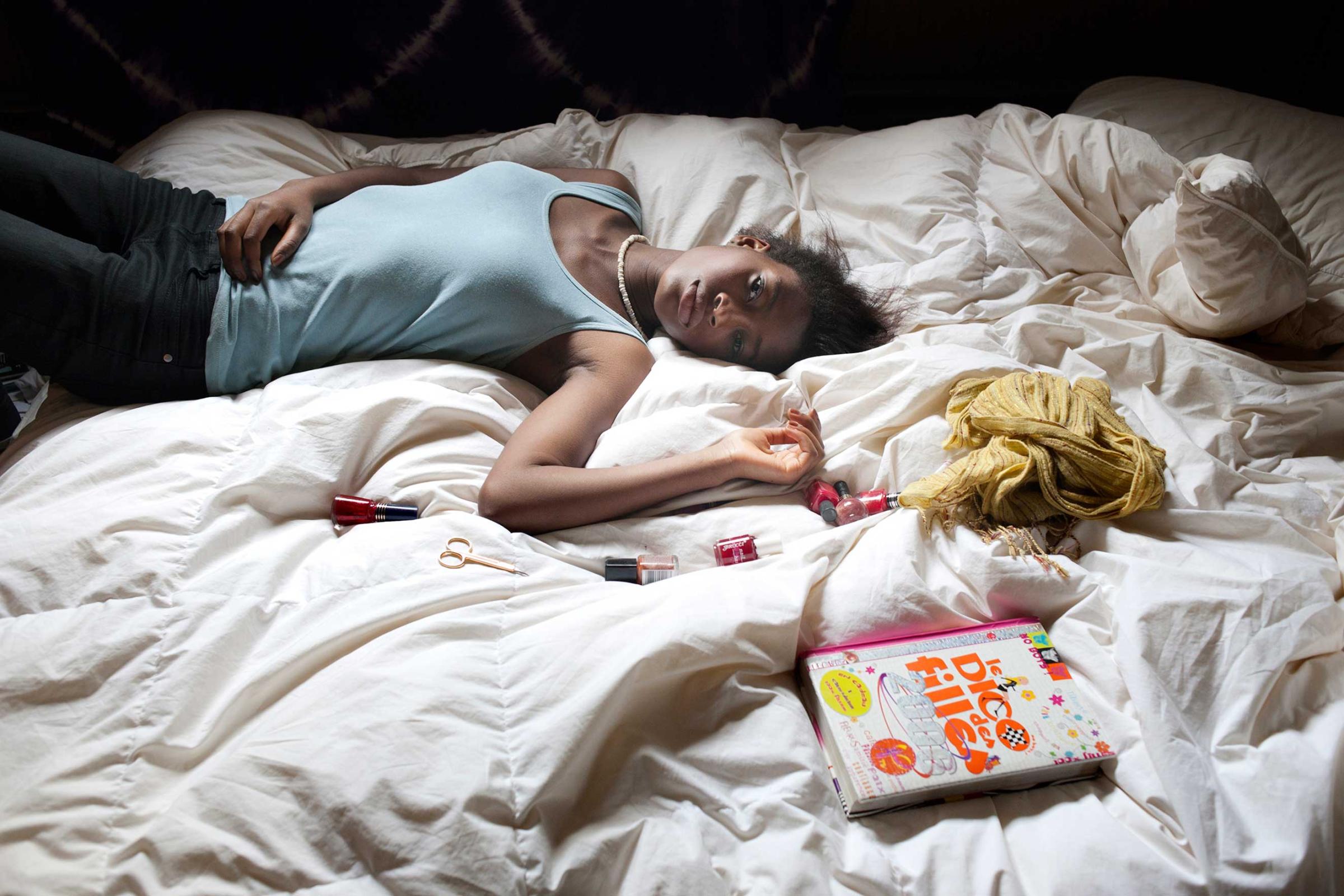
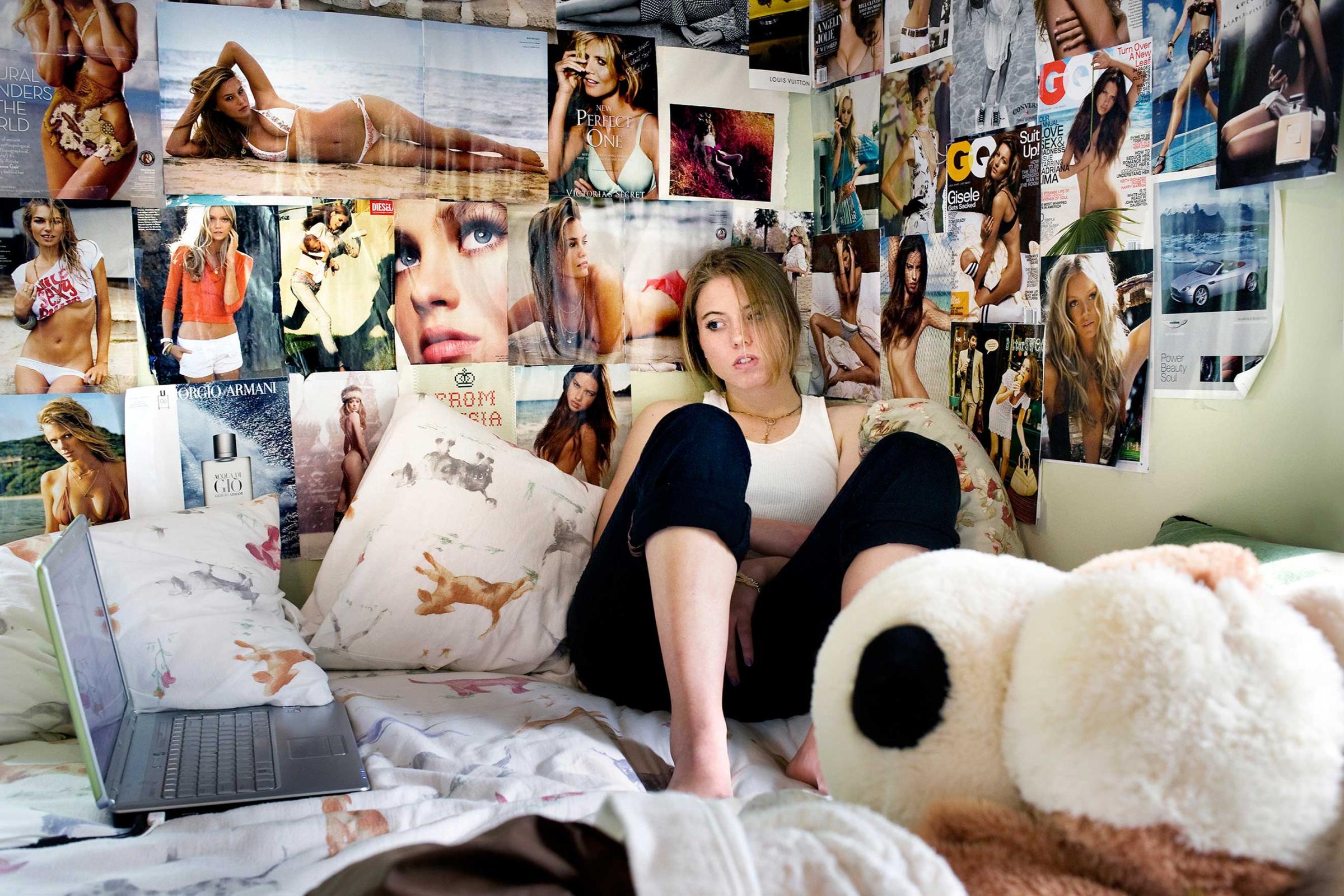


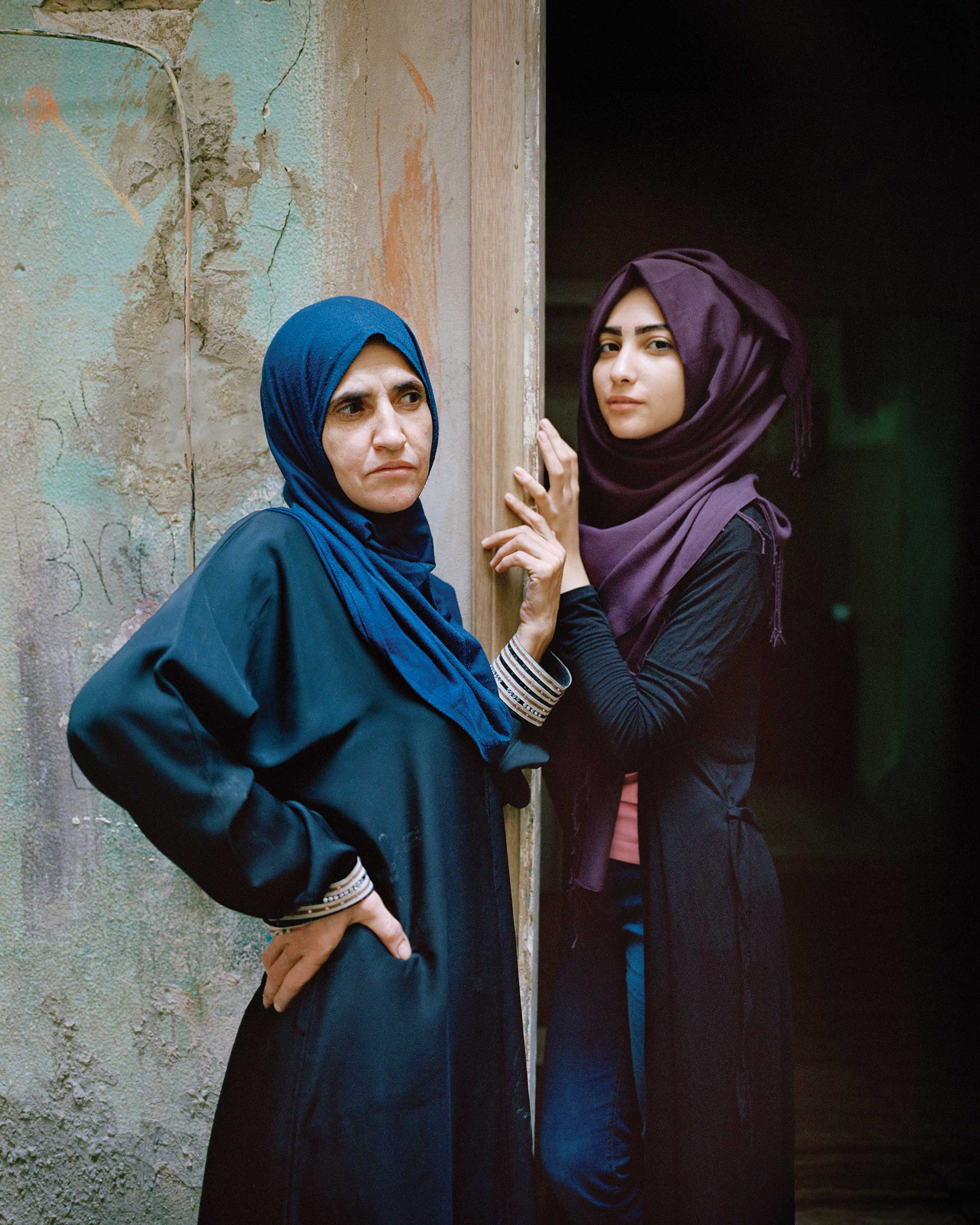
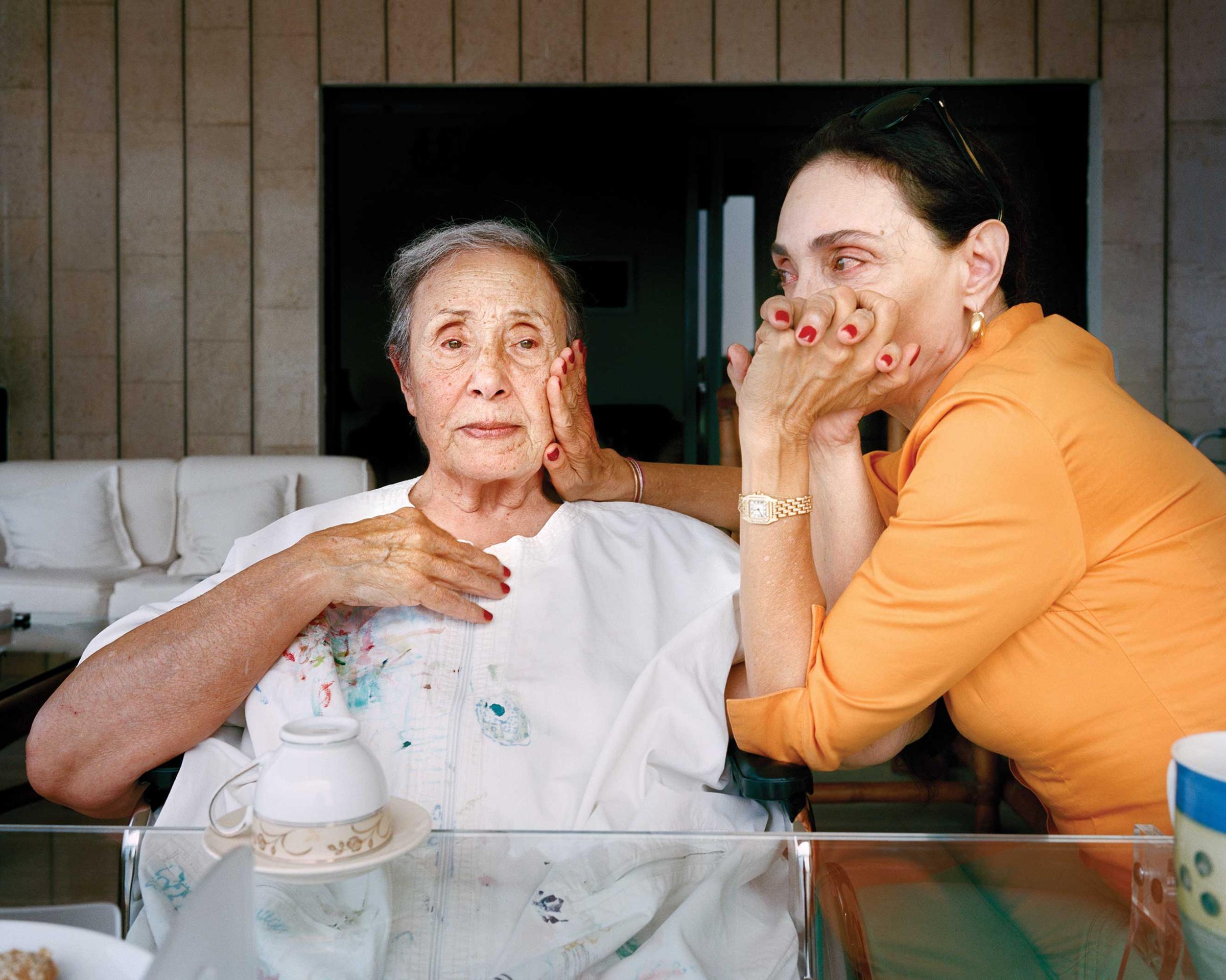
More Must-Reads from TIME
- Why Trump’s Message Worked on Latino Men
- What Trump’s Win Could Mean for Housing
- The 100 Must-Read Books of 2024
- Sleep Doctors Share the 1 Tip That’s Changed Their Lives
- Column: Let’s Bring Back Romance
- What It’s Like to Have Long COVID As a Kid
- FX’s Say Nothing Is the Must-Watch Political Thriller of 2024
- Merle Bombardieri Is Helping People Make the Baby Decision
Contact us at letters@time.com